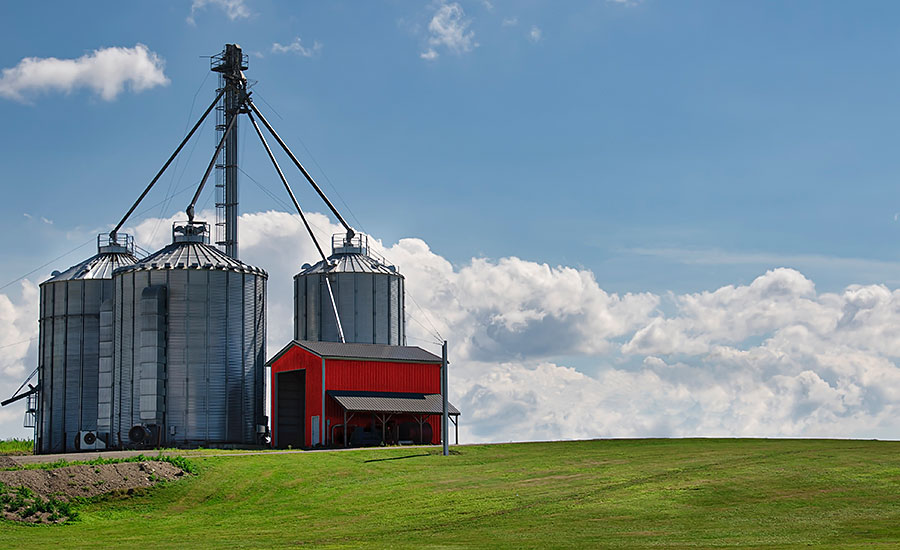It was just a year ago at this time we were digesting the possibilities of a Trump administration. Now we are adapting to the new environment that includes our exit from the Trans-Pacific Partnership and sensitive trade negotiation on several treaties. Our current situation has Sonny Perdue, a degreed veterinarian and no stranger to the chicken industry, reorganizing the U.S. Department of Agriculture (USDA) in a way that will have favorable effects on our ability to do business. As a result, the regulatory outlook for the next three years is encouraging. For example, it seems our industry dodged a bullet with the Grain Inspection, Packers & Stockyards Administration (GIPSA) rule being withdrawn. Regulations enacted during the Obama administration continue to be modified and reversed.
On the horizon, our industry will follow with great interest the negotiation for the new Farm Bill required to take effect in 2018. With the federal government paying 62 percent of crop insurance and farmers paying the remaining 38 percent, this new bill could introduce a deduction of the federal portion or in the program itself. The Harvest Price Option (HPO) protects lost production and is another aspect of the bill that could be affected negatively despite some current administrative support.
International demand for protein will continue to grow robustly over time as consumers in Brazil, Russia, India and China (BRIC) continue to have more disposable income to pay for increased quantities of protein. Nationally, consumption of animal protein has not changed dramatically, despite the growth in the number of Millennial vegetarians and Vegans, as well as concerns over all aspects of animal welfare. Beef and chicken consumption continue to improve while pork consumption remains stable.

Moderate feed ingredient prices look to continue until at least June. U.S. farmers reported higher average bushels per acre on corn and soybeans despite some adverse growing conditions. Planting corn acres were down 7 percent, but the improvement in yield made up much of the gap. Farmers in China and around the world continue to plant more soybeans despite lower prices. The application of farming technology and the use of advanced seed hybrids continues to improve yield per acre on corn and soybeans while diminishing the adverse effects of weather and other factors. Profits on row-crop farms are extremely tight. The new Farm Bill will also increase cost or risk for farmers. Energy prices continue to be moderate for the short-term. Labor will continue to feel price and supply pressure from a strong economy and immigration reform. Global feed ingredients sourcing may be necessary long term.
The inability to attract young farmers to take over the family farm is another alarming trend. In the farming community, we are doing all we can to educate consumers about where food comes and the realities of the farm in hopes of recruiting a new generation of farmers. Tight profits on the farm will continue to accelerate retirement among older farmers who get tired of working for no profit.
Consolidation in the protein business continues with Tyson Foods acquiring AdvancePierre and becoming even more of a packaged foods company. Pilgrim’s Pride has acquired Moy Park of Ireland and the United Kingdom, as well as GNP Co. (Gold’n Plump) domestically. Cargill continues to acquire feed ingredient businesses in aquaculture and other sectors globally.
As usual, this year will be unpredictable and challenging with unforeseen variables such as natural disasters that can affect it at any time, but current indications are conditions will be favorable for the protein producers to make a fair profit. So ring in the new year with hope and excitement.
Happy New Year to all! NP




